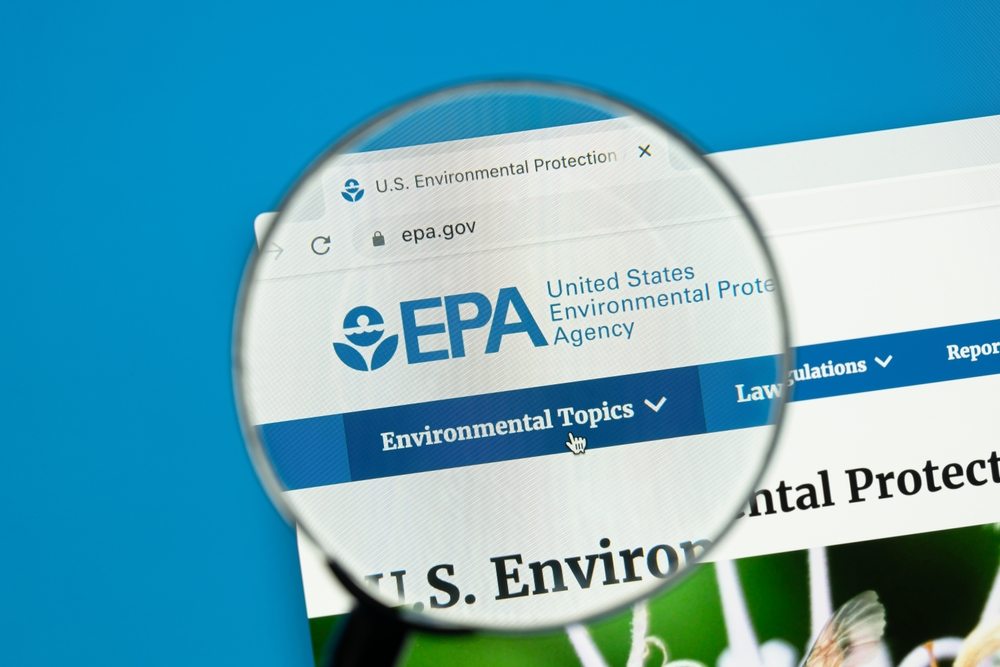This article provides a concise overview of the latest regulatory updates in the water and wastewater industry. It’s designed for professionals, including water utility managers, environmental engineers, and regulatory compliance specialists, who need to stay informed about evolving federal policies. The updates cover critical areas such as PFAS enforcement, lead service line replacement funding, cybersecurity, and new guidelines under the American Water Infrastructure Act. Below, we’ve summarized key developments to help you navigate these regulatory changes and ensure your organization remains compliant.
Below we have captured some of the latest developments in the water and wastewater regulatory area:
- In April 2024, EPA published a memo titled “PFAS Enforcement Discretion and Settlement Policy Under CERCLA,” that describes how EPA will focus on holding responsible entities who significantly contributed to the release of PFAS contamination into the environment, including parties that have manufactured PFAS or used PFAS in the manufacturing process, federal facilities, and other industrial parties. The memo reaffirms EPA’s stance that certain entities, like community water systems and publicly owned treatment works, will not be targeted by EPA under CERCLA for releases of PFAS hazardous substances.
- In April 2024, EPA issued an update to the “Interim Guidance on the Destruction and Disposal of Perfluoroalkyl and Polyfluoroalkyl Substances and Materials Containing Perfluoroalkyl and Polyfluoroalkyl Substances. The EPA fact sheet provides updated interim guidance on the destruction and disposal of PFAS and PFAS-containing materials. It outlines recommended practices for managers, focusing on technologies like underground injection, landfilling, and thermal treatment. The document highlights research needs, potential environmental impacts, and calls for improved safeguards for vulnerable communities near disposal facilities. It also introduces a new evaluation framework for emerging technologies and emphasizes continued research to address PFAS disposal challenges
- In May 2024, EPA released the fiscal year 2024 state-by-state allotments for lead service line replacement funds made available through the Drinking Water State Revolving Loan Fund (DWSRF) under the Infrastructure Investment and Jobs Act. EPA changed project eligibility requirements. Galvanized lines not known to be preceded by lead currently or historically are not eligible for fiscal year 2024 funds. Replacing any galvanized line is eligible for funding with other types of DWSRF funding.
- In May 2024, the EPA updated its Baseline Information on Malevolent Acts for Community Water Systems document under the American Water Infrastructure Act (AWIA) of 2018. Key changes include replacing point estimates with magnitude ranges for threat likelihood, removing accidental contamination as a malevolent threat, revising factors impacting threat likelihood, and eliminating default threat values for wastewater. Additionally, cyberattacks on business enterprise and process control systems were consolidated into one cyberattack category.
- In June 2024, the EPA emphasized in an enforcement alert the importance of cybersecurity for public water systems, incorporating cyberattack threats into their broader framework for water infrastructure protection. Some actions recommended for securing water systems include:
- Reducing exposure to public-facing internet
- Conducting regular cybersecurity assessments
- Changing default passwords immediately
- Conducting an inventory of Operational technology/Information Technology (OT/IT) assets
- Developing and exercising cybersecurity incident response and recovery plans
- Backing up OT/IT systems
- Reducing exposure to vulnerabilities
- Conducting cybersecurity awareness training
- In July 2024, EPA released a factsheet delineating Lead and Copper Rule Revision requirements designed to assist public water systems as they complete their service line inventory that is due by October 16, 2024. If a water system has determined that there are lead, galvanized requiring replacement (GRR), or lead status unknown service lines within their distribution system, the rule requires that the water system provide notification to all persons served by one of those connections, to be delivered by November 15, 2024.




